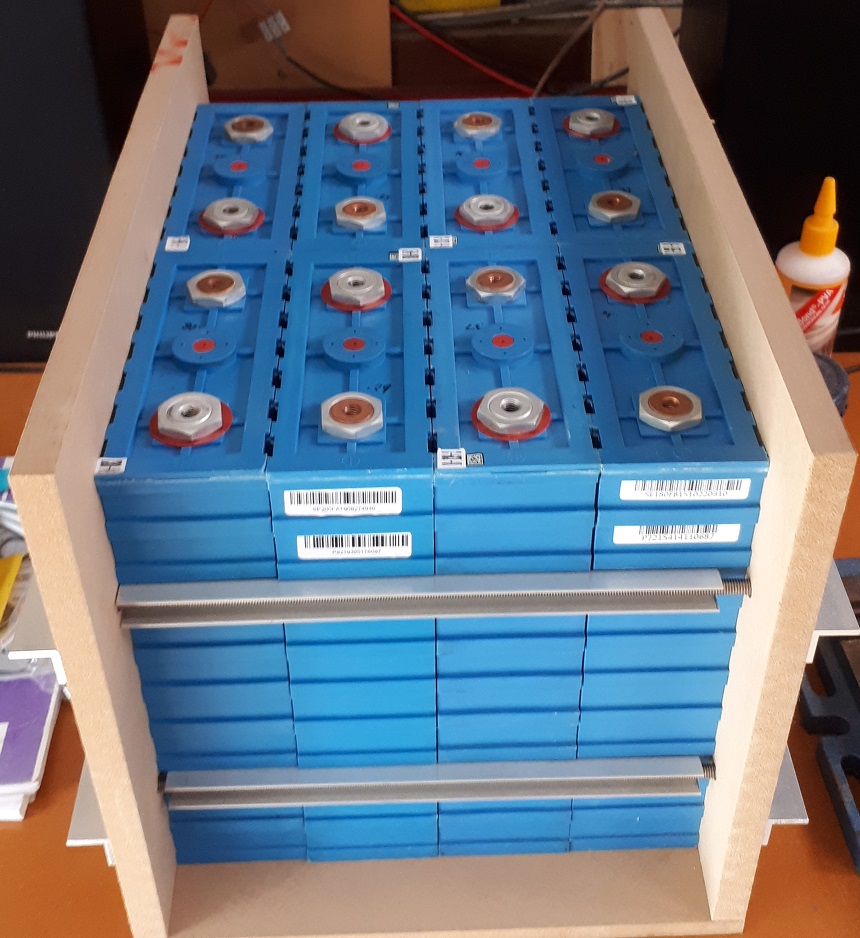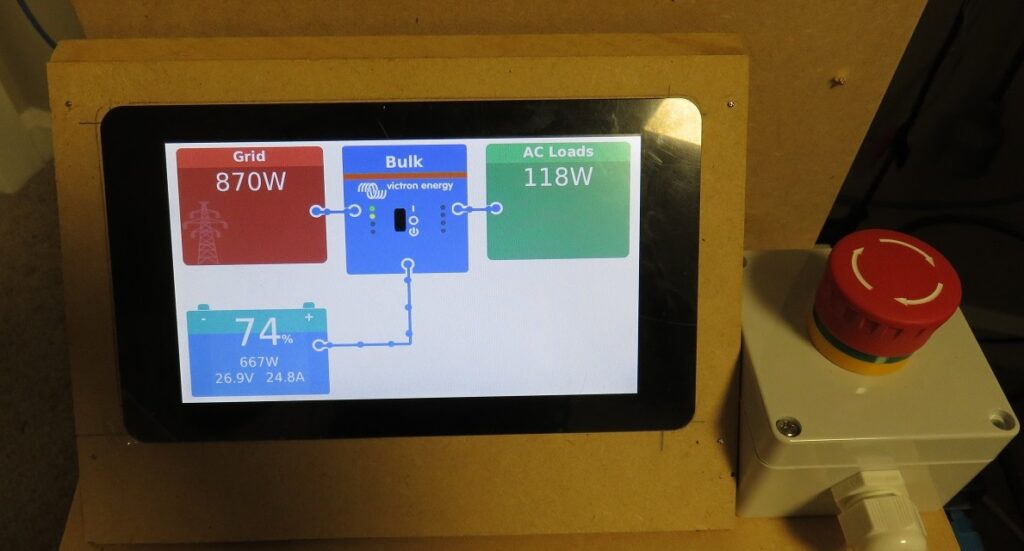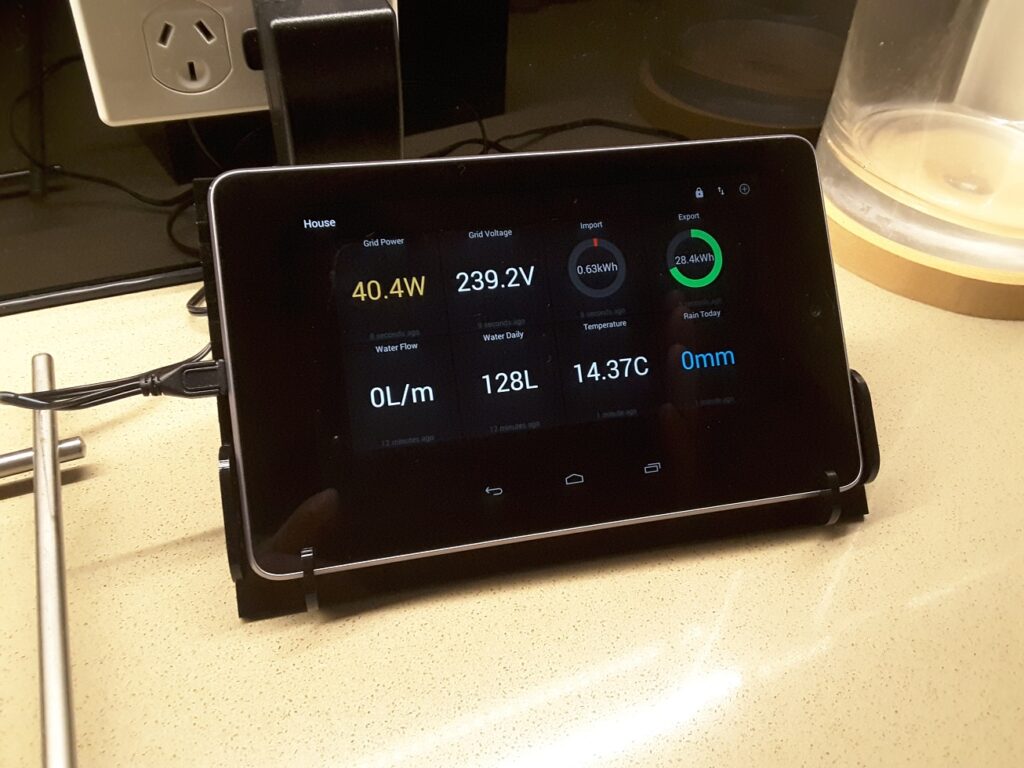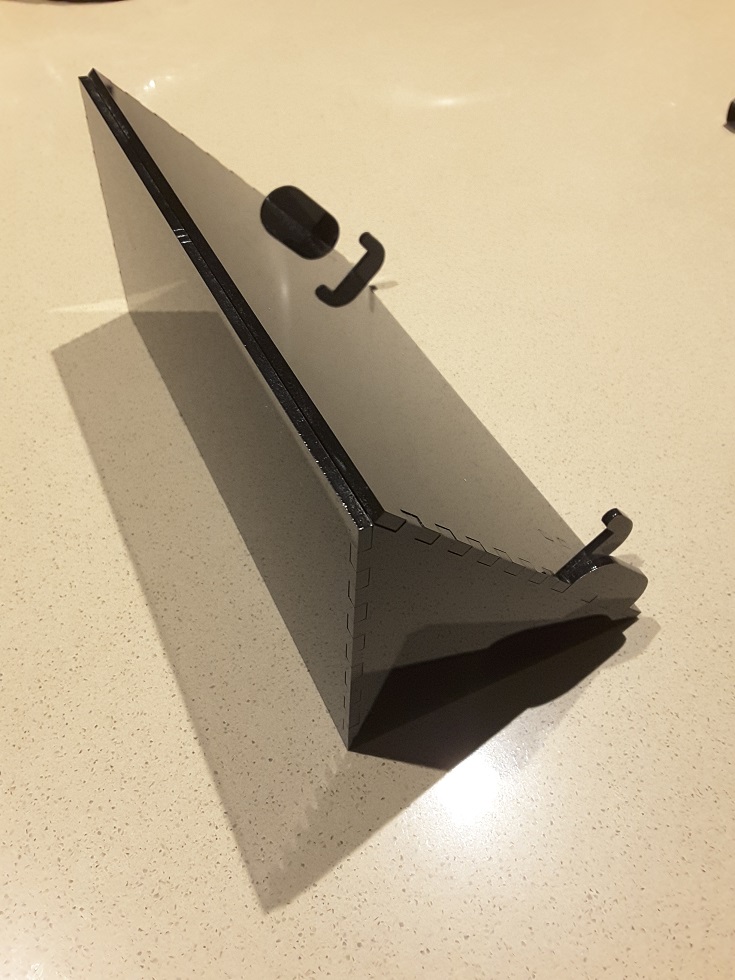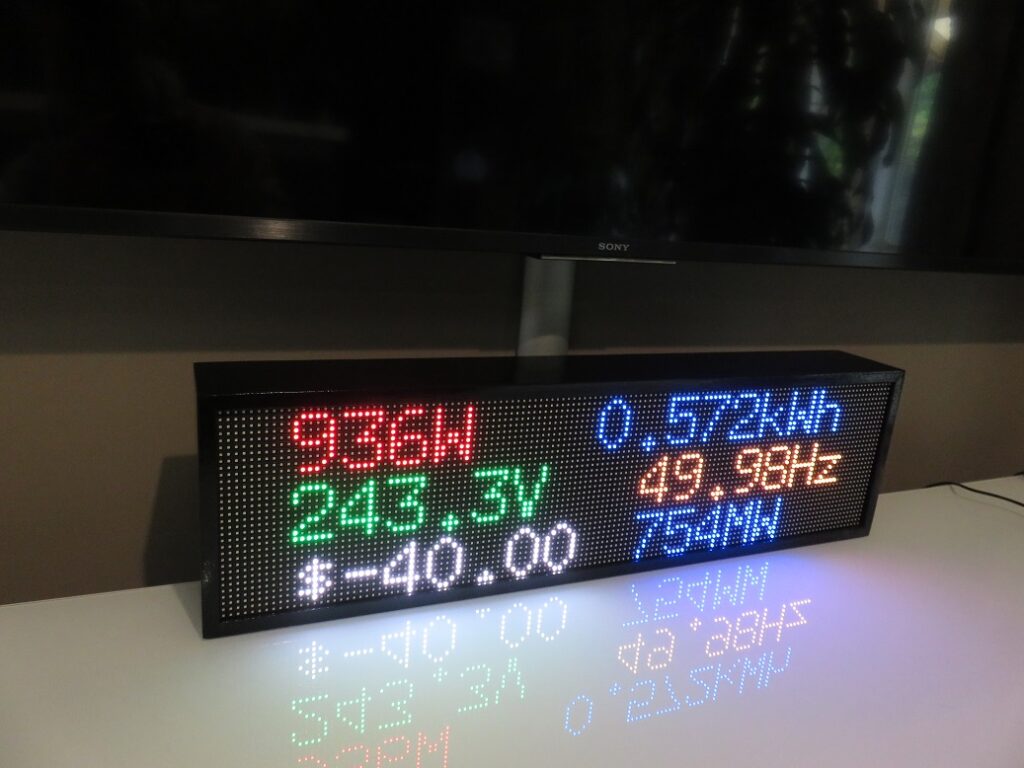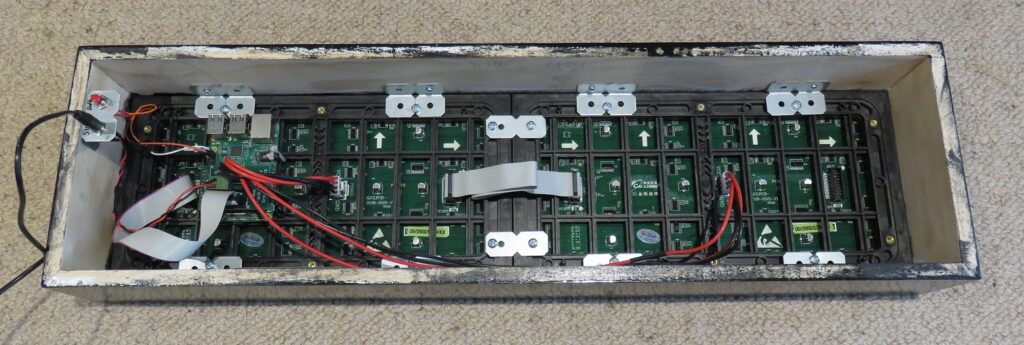Solar home owners in south Australia and also Australia are facing a problem where the energy they generate from solar that can’t be used during the day (and therefore exported to the grid) will be worthless soon. The problem we have are wholesale power prices during the day are so low and in some cases negative due to this oversupply in solar energy. Feed in Tariffs (FIT) have been dropping for the last few years from high prices of 50-60c to a low of 5c (AGL). Within a few years I expect export will be worthless.
The snapshot from last week, shows the electricity prices in South Australia was negative for most of the sunlight “solar generating” hours. This was a Saturday with mild weather which reduces demand therefore large negative periods.
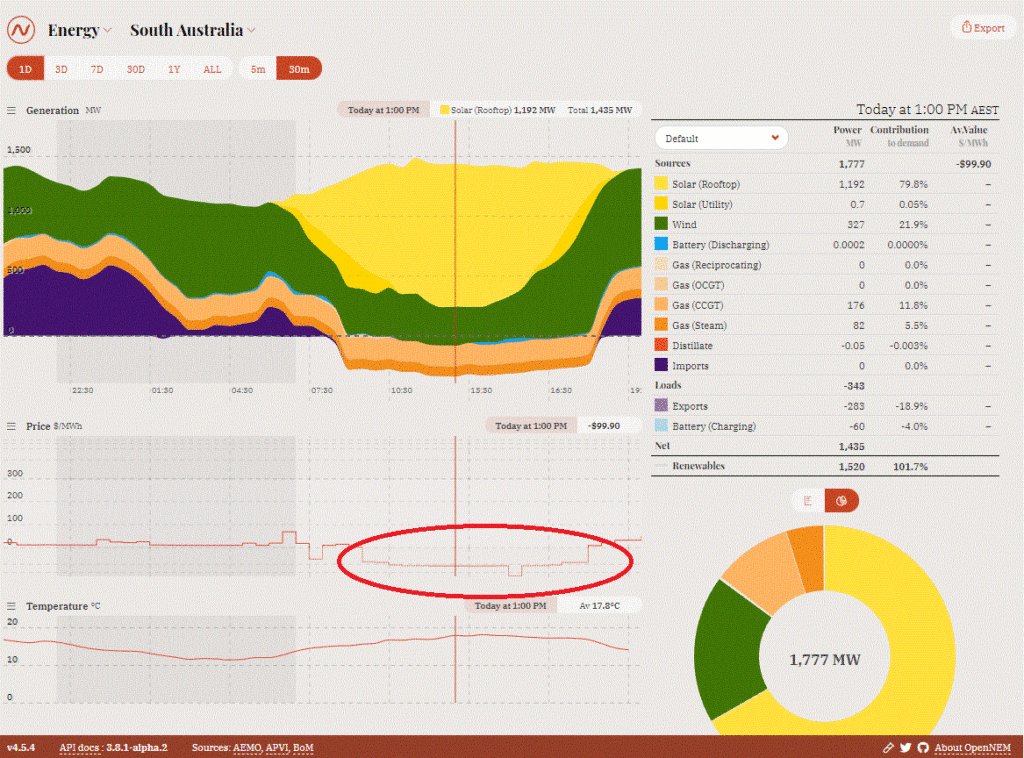
Source: Opennem.org.au
If you have money to burn, you can install a Tesla Powerwall 2 or similar to storage energy generated during the day to use during the night. This technology is proven and all works, just the economics is not good. In my case and the case for many home owners the system would take 15+ years to payback.
I upgraded a small off-grid system months ago to new LiFePO4 cells. In the process of buying new batteries, I decided to double the order. This gives me a 2nd battery bank of 8x 200Ahr LiFePO4 cells or about 5kWh of storage capacity (4.2KWh useable) to play with.
Introducing my new UPS/ESS below. I wanted to design a simple plug in semi-portable system. Something that could be used by anyone owning their home or renting. I wanted to be able to charge up the battery using my own solar energy and then run loads at night or on cloudy days from the battery. The hardware is very simple, a Lithium battery bank (24V/200Ahr) with custom BMS wired into a Victron Multiplus Inverter. The Multiplus inverters are brilliant as they come with a inverter, battery charger, automatic transfer switch and more importantly, software controllable.
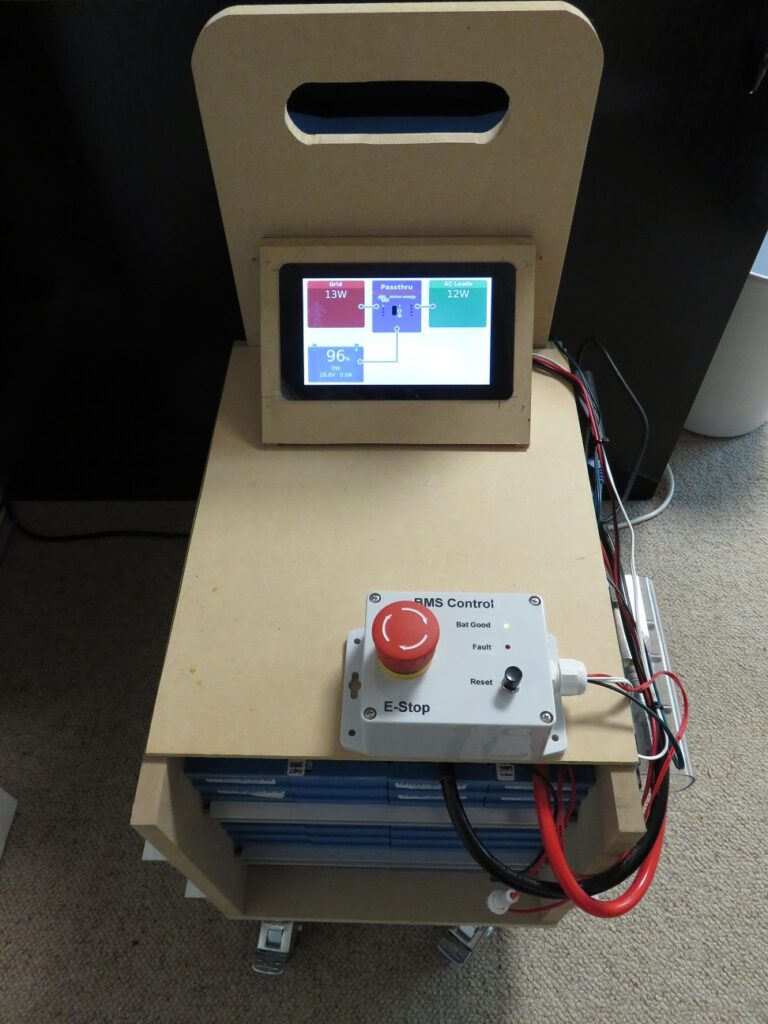
Out of the box, these Multiplus unit can be programmed as a UPS, but in my application the smarts are in the custom software on a controller. Just like a UPS it plugs into a powerpoint (GPO) for charging and then my loads (Computers and my whole electronics room) runs from the output. The unit is setup so it can’t export energy into the powerpoint which is a legal requirement, so really is just a programmable UPS.
This controller connects to my home automation system via Wi-Fi to read the data of how much power I’m importing or exporting. When the sun comes up and there is enough spare power generated from the solar to cover the connected loads, the battery charger kicks in and starts slowly charging the battery. As more power is generated by the solar, the charging rate (Amps) increases to use up any exported power just like a fixed home battery would.
Then at night, it switches to inverter mode and runs all my loads from the stored solar power I had generated that day. Also if there are cloud cover or a large load turned on in the house, the system can switch the connected load to battery to reduce the power imported. As always there are lots of extra smarts and protection to keep the batteries within a safe State of Charge (SOC) in case of a power blackout. This can be customised in software, just like a Tesla Powerwall.
This is just part of my demand management for my home. I’m also controlling non-critical loads like dehumidifiers and some lighting. The next goal is to control the air conditioning for the home.
So what does it all cost? Is it worth it? This will be covered in a following post!

